Tobias Lang
Recommendations on test datasets for evaluating AI solutions in pathology
Apr 21, 2022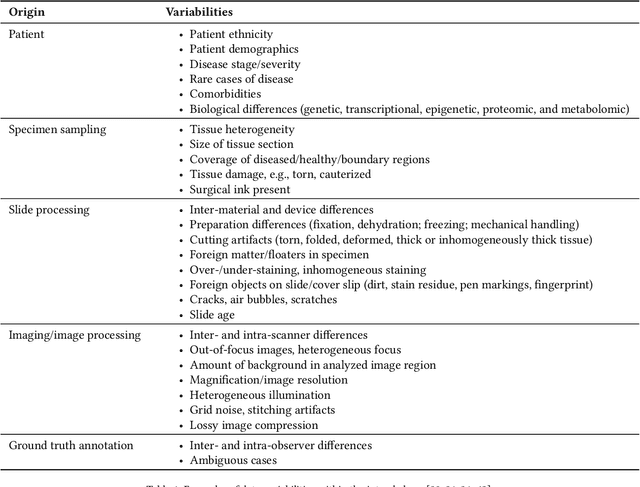
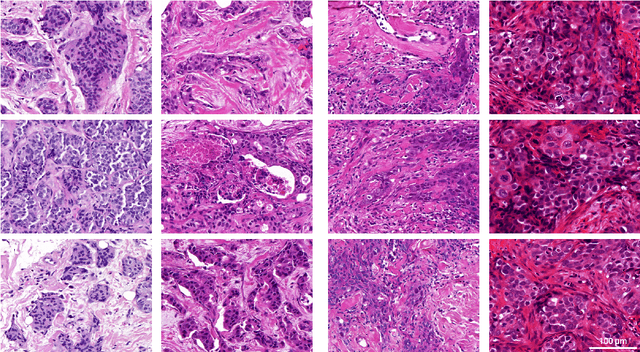

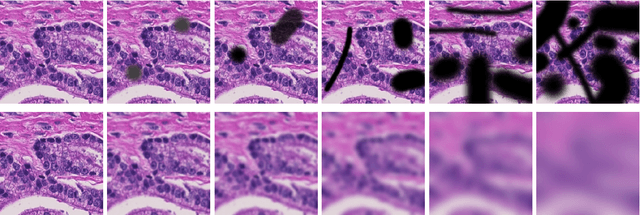
Abstract:Artificial intelligence (AI) solutions that automatically extract information from digital histology images have shown great promise for improving pathological diagnosis. Prior to routine use, it is important to evaluate their predictive performance and obtain regulatory approval. This assessment requires appropriate test datasets. However, compiling such datasets is challenging and specific recommendations are missing. A committee of various stakeholders, including commercial AI developers, pathologists, and researchers, discussed key aspects and conducted extensive literature reviews on test datasets in pathology. Here, we summarize the results and derive general recommendations for the collection of test datasets. We address several questions: Which and how many images are needed? How to deal with low-prevalence subsets? How can potential bias be detected? How should datasets be reported? What are the regulatory requirements in different countries? The recommendations are intended to help AI developers demonstrate the utility of their products and to help regulatory agencies and end users verify reported performance measures. Further research is needed to formulate criteria for sufficiently representative test datasets so that AI solutions can operate with less user intervention and better support diagnostic workflows in the future.
Planning with Noisy Probabilistic Relational Rules
Jan 16, 2014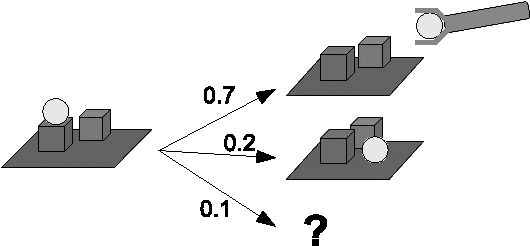
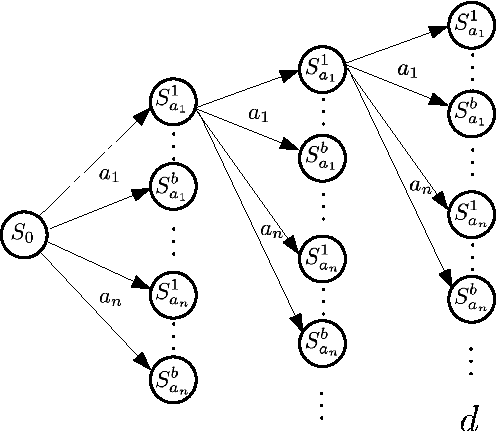
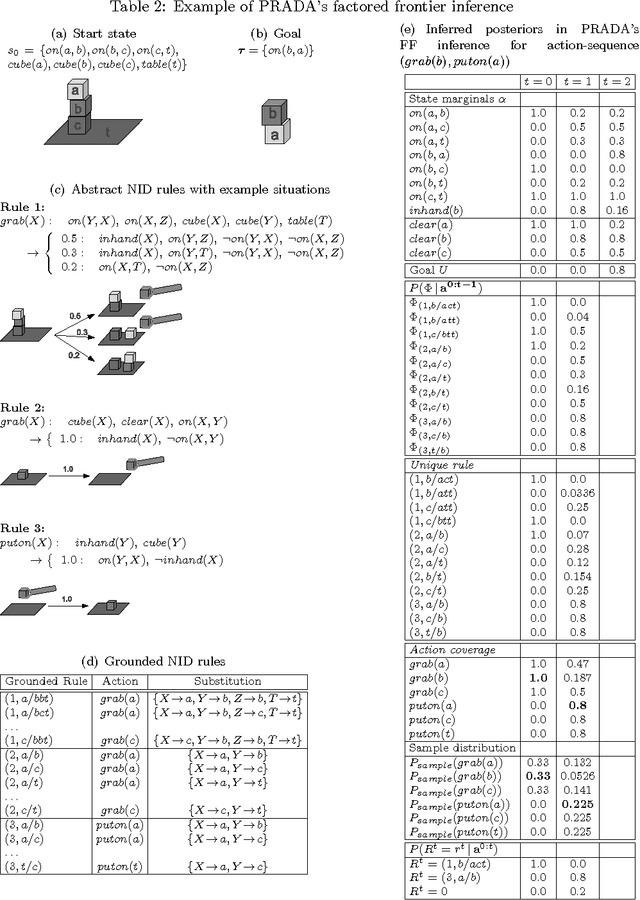
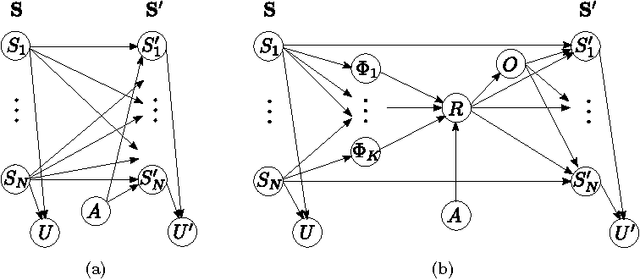
Abstract:Noisy probabilistic relational rules are a promising world model representation for several reasons. They are compact and generalize over world instantiations. They are usually interpretable and they can be learned effectively from the action experiences in complex worlds. We investigate reasoning with such rules in grounded relational domains. Our algorithms exploit the compactness of rules for efficient and flexible decision-theoretic planning. As a first approach, we combine these rules with the Upper Confidence Bounds applied to Trees (UCT) algorithm based on look-ahead trees. Our second approach converts these rules into a structured dynamic Bayesian network representation and predicts the effects of action sequences using approximate inference and beliefs over world states. We evaluate the effectiveness of our approaches for planning in a simulated complex 3D robot manipulation scenario with an articulated manipulator and realistic physics and in domains of the probabilistic planning competition. Empirical results show that our methods can solve problems where existing methods fail.
 Add to Chrome
Add to Chrome Add to Firefox
Add to Firefox Add to Edge
Add to Edge